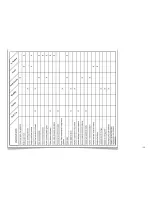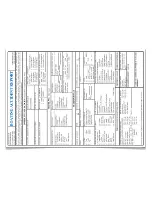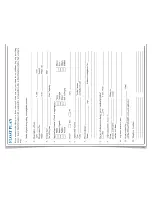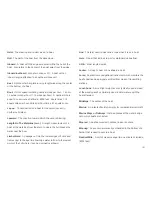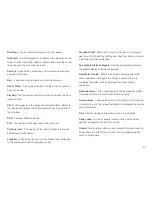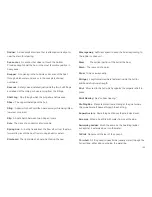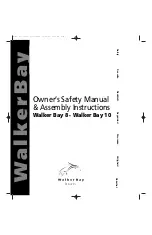
Nun
Buoy
: A red or red-striped buoy of conical shape.
Outboard
: A boat designed for an engine to be mounted on the
transom. Also a term that refers to objects away from the center
line or beyond the hull sides of a boat.
Pad Eye
: A deck fitting consisting of a metal eye permanently
secured to the boat.
Pier
: A structure which projects out from the shoreline.
Pile or Piling
: A long column driven into the bottom to which a
boat can be tied.
Pitching
: The fore and aft rocking motion of a boat as the bow
rises and falls.
Pitch
: The measure of the angle of a propeller blade. Refers to
the theoretical distance the boat travels with each revolution of
the propeller.
P.F.D
: Personal Flotation Device.
Port
: The left side of the boat when facing the bow.
Porthole
(
port
): The opening in the side of a boat to allow the
admittance of light and air.
Propeller
: A device having two or more blades that is attached
to the engine and used for propelling a boat.
Propeller
Shaft
: Shaft which runs from the back of the engine
gear box, aft, through the stu
ffi
ng box, shaft log, struts, and onto
which the propeller is attached.
Pyrotechnic
Distress
Signals
: Distress signals that resemble
the brilliant display of flares or fireworks.
Raw
Water
Cooled
: Refers to an engine cooling system that
draws seawater in through a hull fitting or engine drive unit,
circulates the water in the engine, and then discharges it
overboard.
Reduction
Gear
: Often combined with the reverse gear so that
the propeller turns at a slower rate than the engine.
Reverse
Gear
: Changes the direction of rotation of the propeller
to provide thrust in the opposite direction for stopping the boat or
giving it sternway.
Roll
: A boat’s sideways rotational motion in rough water.
Rope
Locker
: A locker, usually located in the bow of a boat,
used for stowing the anchor line or chain.
Rubrail
: Railing (often rubber or hard plastic) that runs along the
boat’s sheer to protect the hull when coming alongside docks,
piers, or other boats.
168
Summary of Contents for 320 LXF
Page 1: ...320 LXF Scout Boats OWNER MANUAL ...
Page 2: ...Chapter 1 Owner s Information Warranty Certification and Boat Information ...
Page 11: ...Chapter 2 Propulsion A guide to your boat s propulsion system ...
Page 32: ...Chapter 4 Fuel System An overview of the fuel system of your boat ...
Page 40: ...Chapter 5 Electrical System An overview of the electrical system of your boat ...
Page 54: ...Chapter 6 Fresh Water System An overview of the fresh water system of your boat ...
Page 59: ...Chapter 7 Raw Water System An overview of the raw water system of your boat ...
Page 65: ...Chapter 8 Drainage System An overview of the drainage system of your boat ...
Page 70: ...Chapter 9 Ventilation System An overview of the ventilation system of your boat ...
Page 73: ...Chapter 10 Exterior Equipment An overview of the exterior equipment on your boat ...
Page 83: ...Chapter 11 Interior Equipment An overview of the interior equipment on your boat ...
Page 88: ...Chapter 12 Safety Equipment An overview of the safety equipment on your boat ...
Page 99: ...Chapter 13 Operation A general guide to operating your boat ...
Page 124: ...Chapter 14 Routine Maintenance A guide to keeping your boat running in good condition ...
Page 147: ...Chapter 16 Appendix Reference documents logs and schematics for your boat ...
Page 154: ...153 ...
Page 155: ...154 ...
Page 156: ...155 ...
Page 157: ...156 ...
Page 159: ...158 ...
Page 160: ...159 ...
Page 162: ...161 ...



